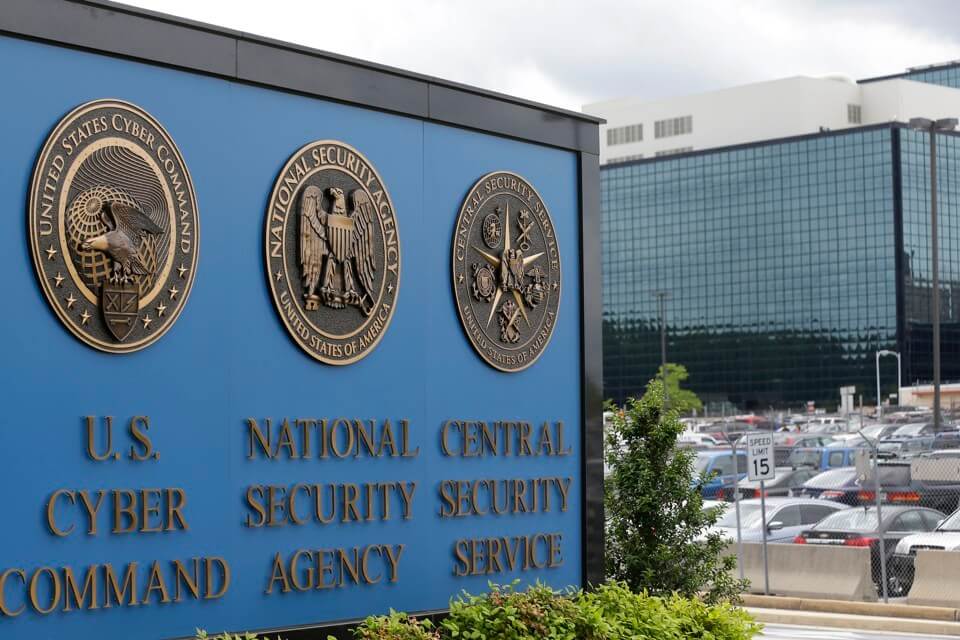In a world where innovation races ahead, pushing the boundaries of what we once thought possible, the advent of artificial intelligence (AI) stands as a beacon of unprecedented potential.
AI promises transformative change, with the capacity to revolutionize industries and reshape the way we live, work, and interact. However, with great power comes even greater responsibility.
Recognizing the pivotal crossroads where technology meets ethics, the Biden Administration has unveiled a groundbreaking Executive Order, outlining a visionary roadmap for the future of AI in America.
A fact sheet from the White House states that:
"The Executive Order establishes new standards for AI safety and security, protects Americans' privacy, advances equity and civil rights, stands up for consumers and workers, promotes innovation and competition, advances American leadership around the world, and more."
Safeguarding AI systems
Central to the Executive Order (EO) is the mandate for organizations developing powerful AI systems to share safety test results and crucial information with the U.S. government. This ensures that extensive vetting occurs before AI systems are introduced to the public, helping to establish their safety, security, and trustworthiness.
Additionally, advanced cybersecurity programs will be created to actively identify and address vulnerabilities in critical software. These measures serve as foundational pillars, fortifying AI systems against potential threats and ensuring their resilience in the face of evolving challenges.
Dave Gerry, CEO at Bugcrowd, stressed the need for vigilance in addressing concerns related to AI safety and fairness, stating:
"As organizations rapidly adopt AI for all of the efficiency, productivity, and democratization of data benefits, it's important to ensure that as concerns are identified, there is a reporting mechanism to surface those in the same way a security vulnerability would be identified and reported."
Prioritizing user privacy and data protection
The EO underscores the significance of user privacy, emphasizing the implementation of privacy-preserving techniques. Federal support will be channeled into these techniques, ensuring that AI systems maintain the highest standards of privacy while delivering innovative solutions.
Furthermore, strict protocols will be in place to process outputs from AI systems meticulously. This approach prevents the accidental recreation of protected data, safeguarding users' sensitive information and preserving their privacy rights.
Fostering equity and civil rights
Addressing discrimination forms another cornerstone of the EO's vision. Clear and explicit guidelines will be provided to prevent AI algorithms from exacerbating societal disparities. These guidelines ensure that AI is utilized in a manner that promotes fairness and equity, particularly in critical sectors such as housing and criminal justice.
By emphasizing these principles, the Executive Order sets a precedent for AI deployment that actively combats biases and promotes equal opportunities for all.
Journalist Bob Sullivan writes in his blog, The Red Tape Chronicles:
"There is a lot to like in today's executive order around AI. I've long been an advocate that tech companies should include 'abuse/harm testing' into new products, the way cybersecurity teams conduct penetration testing to predict how hackers might attack. Experienced, creative technologists should sit beside engineers as they dream up new products and ponder: 'If I were a bad person, how might I twist this technology for dark uses?'"
Promoting innovation and competition
The EO propels innovation by establishing the National AI Research Resource. This initiative acts as a catalyst for AI research across the United States, providing researchers and students with essential resources and data to advance the field.
Simultaneously, small businesses and entrepreneurs will receive dedicated technical assistance, nurturing a fair, open, and competitive AI ecosystem. By providing support and resources to budding innovators, the EO paves the way for a vibrant AI landscape that encourages creativity and entrepreneurship.
Marcus Fowler, CEO of Darktrace Federal, emphasized the critical role of cybersecurity in ensuring the safe deployment of AI, saying:
"We firmly believe that you cannot achieve AI safety without cybersecurity: it is a prerequisite for safe and trusted general purpose AI. It's also a challenge for the here-and-now, as well as a necessity for tackling longer term risks.
Security needs to be by-design, embedded across every step of an AI system's creation and deployment. That means taking action on data security, control, and trust. It's promising to see some specific actions in the Executive Order that start to address these challenges."
Ensuring responsible government use of AI
Guidance on AI usage within government agencies is another pivotal aspect of the Biden Administration's new plan. Federal agencies will receive clear directives, emphasizing the protection of rights, safety, and improved procurement practices when employing AI technologies. Additionally, a government-wide AI talent surge will expedite the hiring of AI professionals, ensuring that expertise in AI deployment permeates various sectors. This strategic approach is intended to keep the U.S. government at the forefront of AI innovation while upholding the highest standards of responsibility and ethical usage.
By aligning technology with ethics, privacy, and equity, the Executive Order serves as a guiding light, leading the nation toward a future where AI becomes a catalyst for positive change. This forward-thinking vision ensures that progress goes hand in hand with security, privacy, and fairness, forging a path where innovation enhances lives while upholding our core values.
Follow SecureWorld News for more stories related to cybersecurity.





